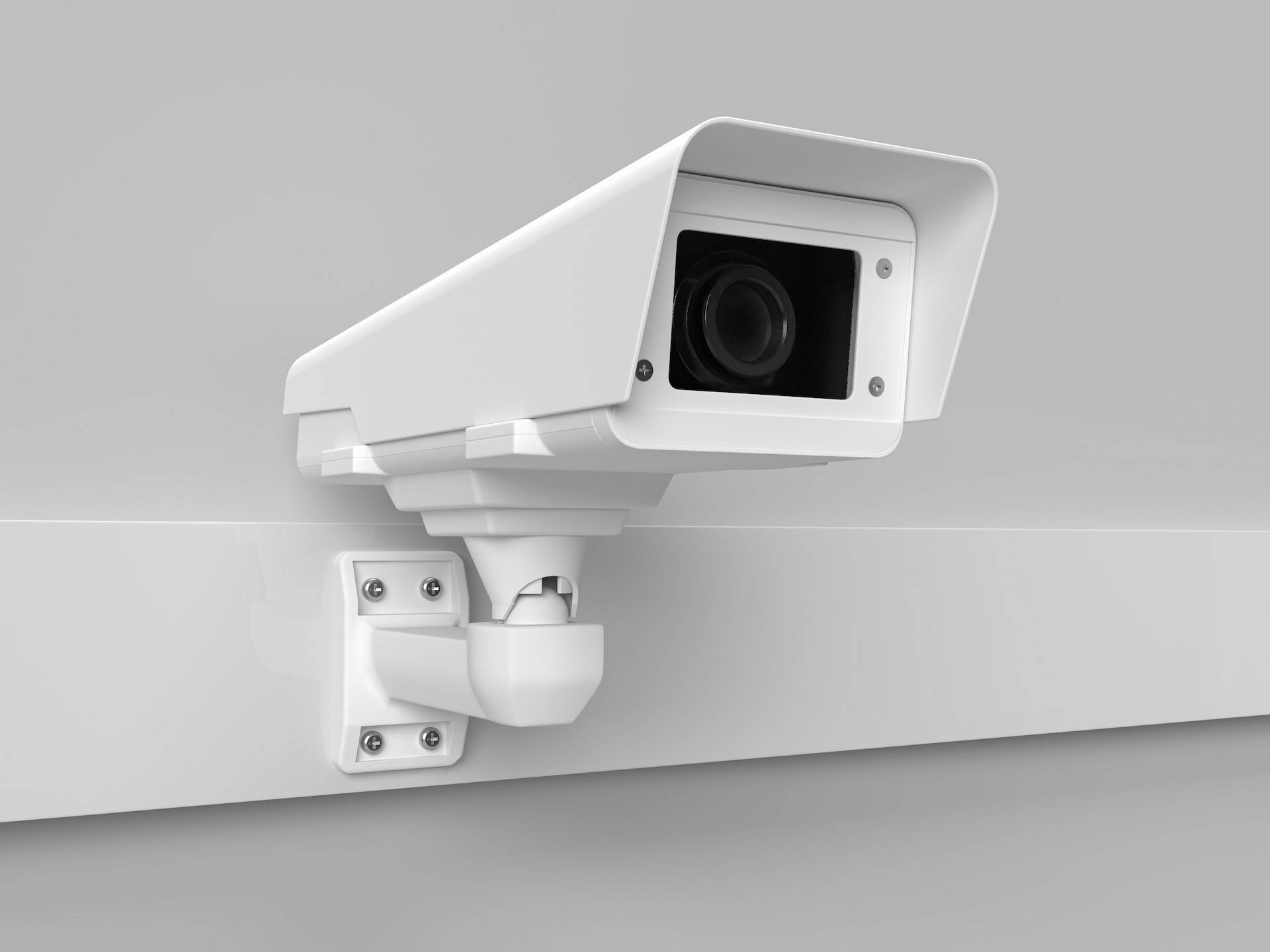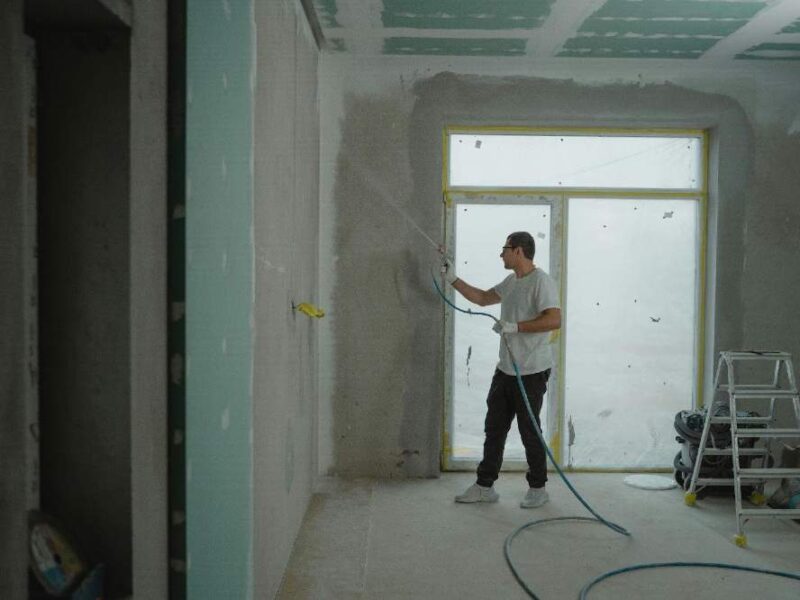A Network Video Recorder (NVR) is a device that captures and records video from IP cameras. They are often used in IP surveillance systems. The NVR is an essential part of any security camera system. Choosing the right one for your needs is vital!
Power
NVR camera systems are comprised of power devices to enable 24/7 continuous recording. The system transmits video data from IP cameras to the NVR, storing it for later viewing and monitoring. In a traditional security camera system, each IP camera connects to the NVR via an ethernet cable. This single ethernet cable makes wiring installation easier than coaxial cables for analog cameras. Another option for NVR systems is a PoE switch, which can provide data and power to the cameras through an Ethernet cable. This can significantly reduce initial investment costs and simplify the set-up process for long-distance installations. A typical DVR system consists of a coaxial BNC cable for each camera that transmits raw video to the DVR and a separate power cable. Depending on the model, there may be options for adding audio to the camera’s signal via RCA connectors.
Video Storage
An NVR security camera system uses an Internet-connected storage drive for video archiving and remote viewing. The storage capacity of an NVR depends on the number of cameras connected to it and the amount of footage they are storing. Generally speaking, higher-resolution cameras use more storage than lower-resolution ones. This is primarily determined by the camera’s codec, frame rate, and bitrate. The recording strategy that you choose can also impact how long the NVR will be able to store your videos. For example, a retail business might record continuously, while a construction site might only record when it detects motion to conserve capacity. The video storage capabilities of an NVR can be significantly improved by setting up a recording strategy. This strategy determines when the NVR will record continuously based on motion detection and when it will record based on smart detection features.
Remote Access
Remote access is a vital part of today’s security camera system, allowing you to see your cameras anywhere you have an internet connection. It’s also a great way to keep track of your cameras and footage.
In addition to viewing feeds and saving clips, remote access allows you to control the NVR from an app on your smartphone or tablet. This makes it easy to watch your feeds and act whenever possible. You can access your NVR from any device with an internet connection by entering the DDNS hostname in an online browser. The NVR will then recognize the IP address and display the video feeds. This is a great feature for people who work remotely.
Interfaces
An NVR security camera system is a network video recorder that stores and monitors videos from multiple cameras in a home or business. It is ideal for businesses or homes that need constant surveillance to safeguard sensitive areas or protect valuable assets. Choosing an NVR based on your specific needs is important since different types of NVRs are available.
These include WiFi NVRs, which connect to cameras wirelessly, and PoE NVRs, which provide power and network connectivity to cameras via ethernet cables. Besides the basic video storage and remote access functions, NVRs allow users to store and analyze video data. However, they require an Internet connection to operate properly.



